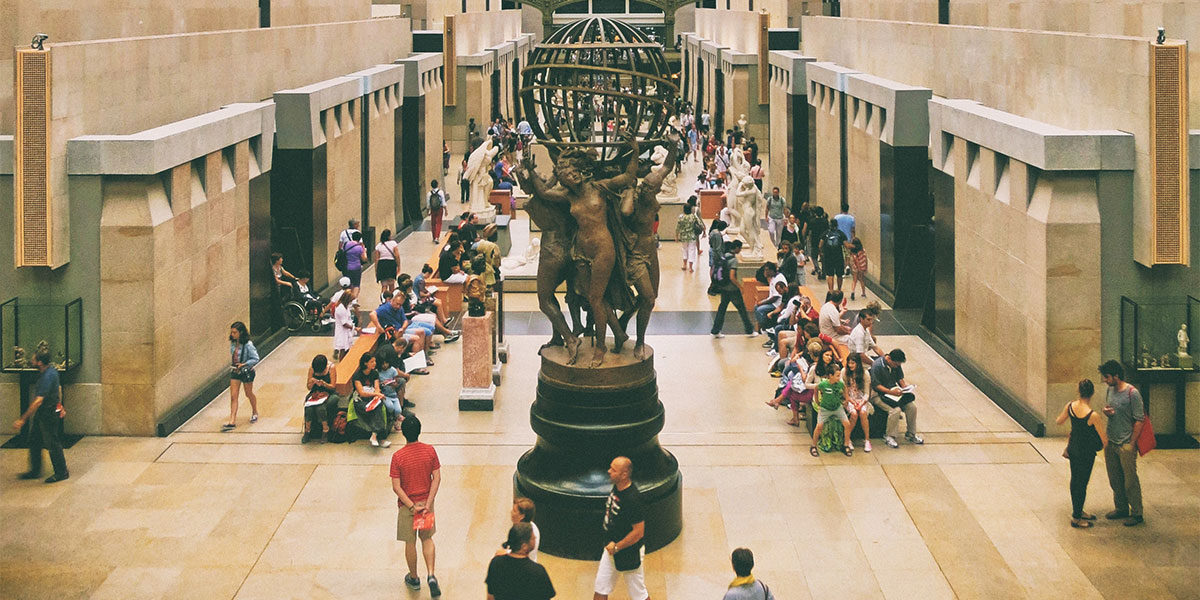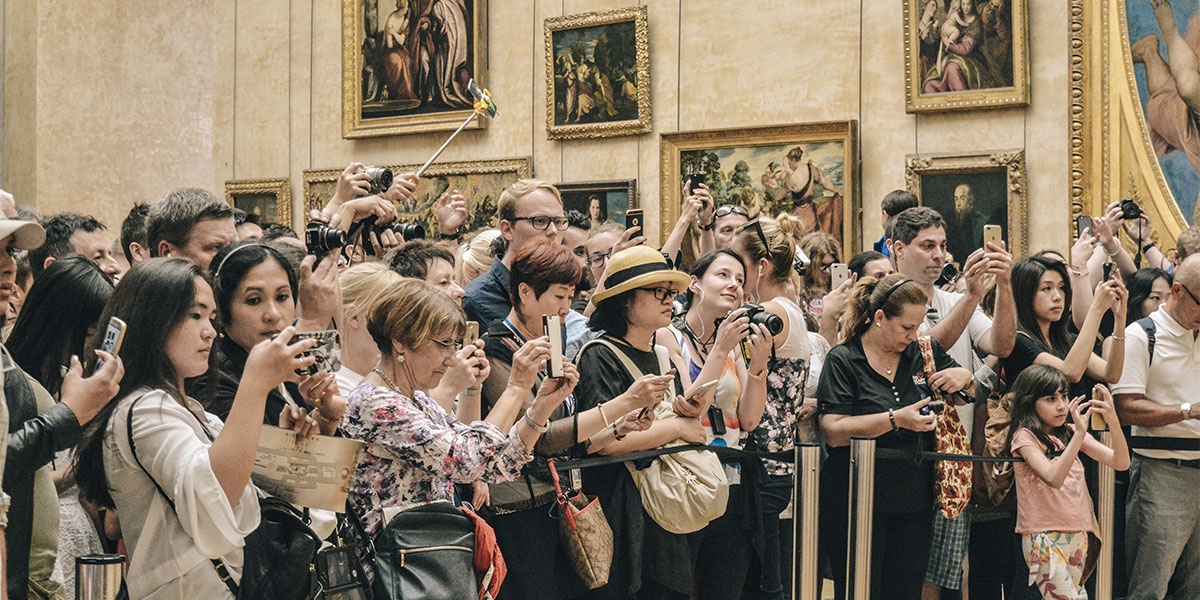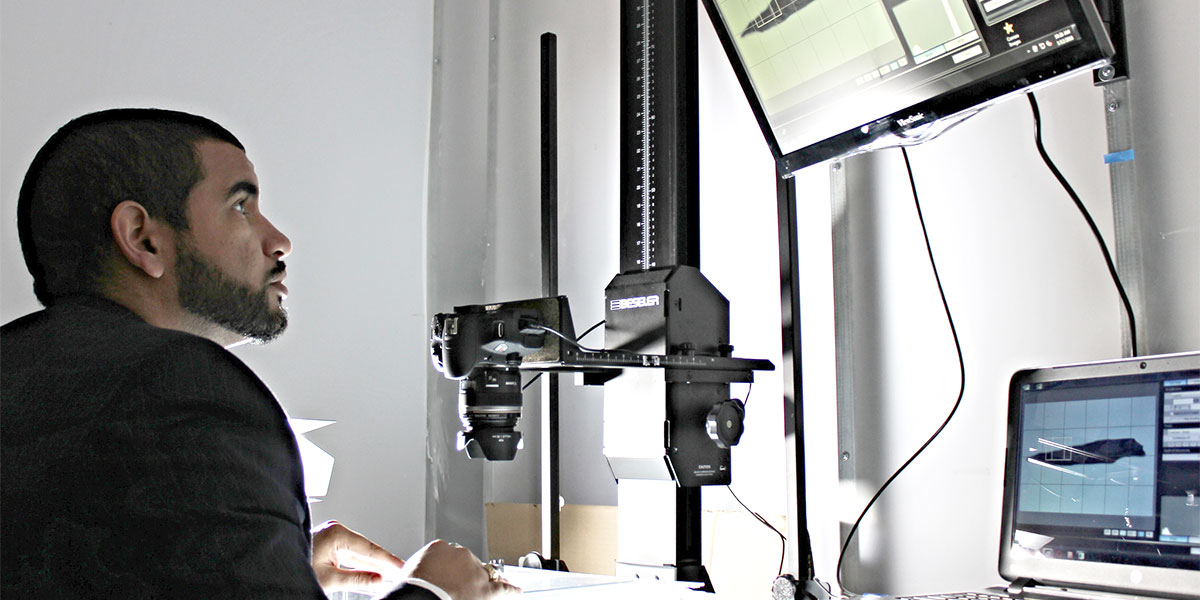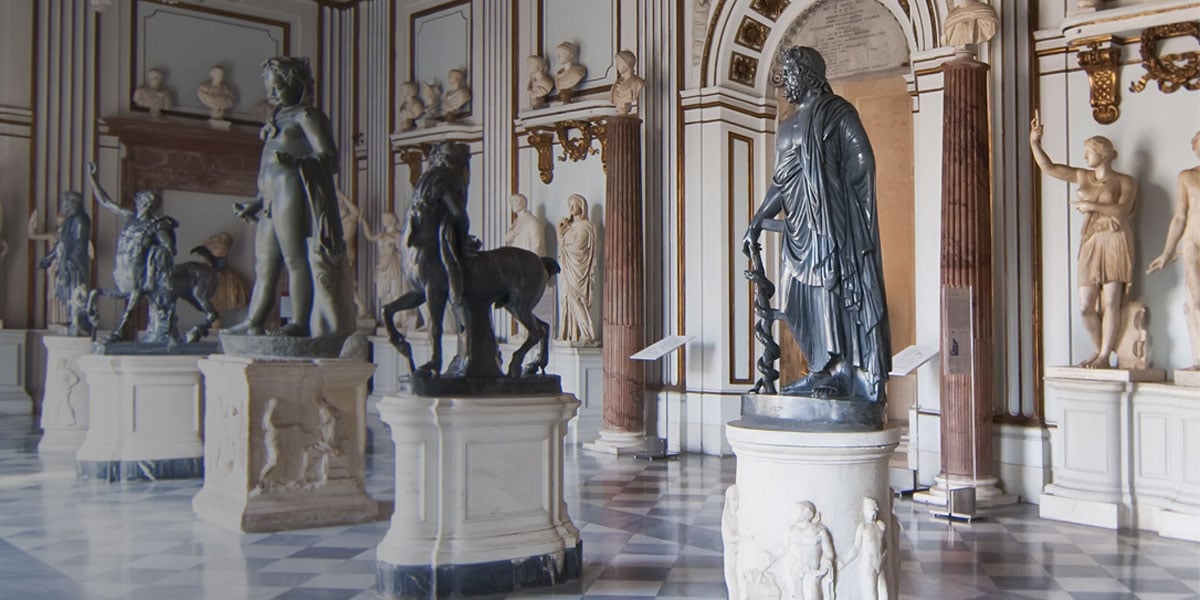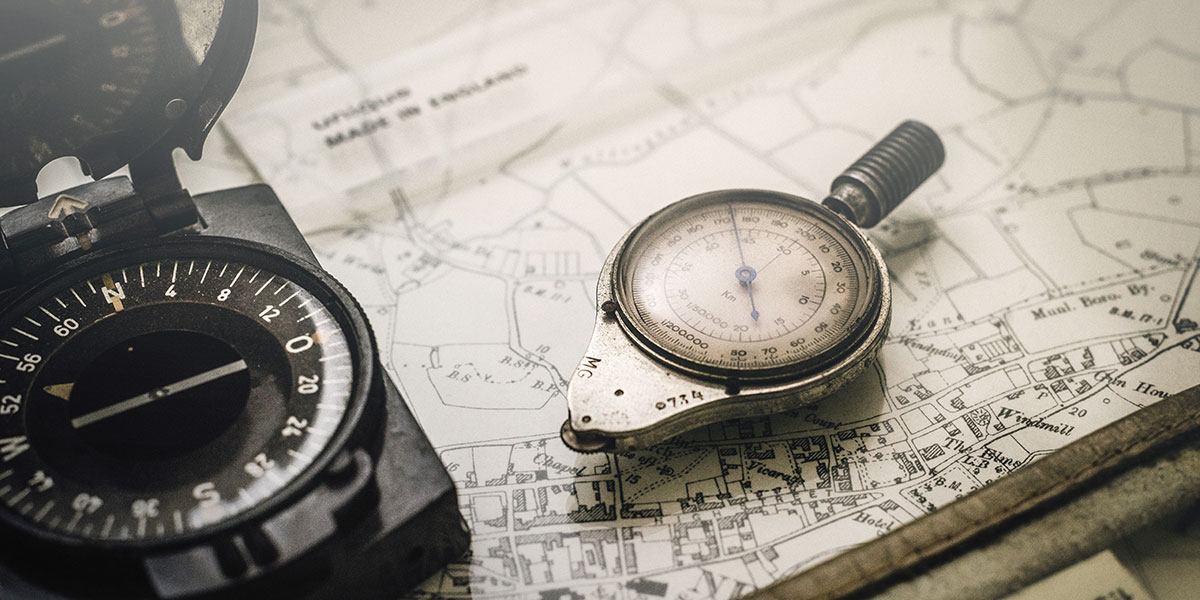To those who love and work in institutions that promote art, history, and culture, the relevance of those institutions seems quite obvious. So too, does the positive impact a museum and library can have on an individual. Yet, seemingly every year there’s a flurry of talks and articles that ask “Are Museums and Libraries Still Relevant?”
We've Moved!
Think Clearly has a new home! Click here to see our latest posts.
*If there’s older content you’d like to catch up on, you can browse right where you are, until Friday, April 5th.
We know it takes a minute to get used to change!
Rachael Cristine Woody

Recent Posts
Topics: Museums, Professional Development, Strategy
Last week we explored the topic of museums as cultivators of empathy. Empathy was selected as a trend by the Center for the Future of Museum’s TrendWatch 2017, and last week’s post reviewed how museums are beginning to grapple with empathy as a part of their identity. This post follows up on the topic with resources and a list of actions suggesting how museums can encourage an identity of empathy.
Topics: Museums, Professional Development
Political and social justice awareness across the United States, England, and Canada has increased markedly since the 2016 US elections. The exploration of empathy (its presence and deficit) has grown with that awareness and many articles, conferences, and workshops have begun to explore empathy within personal and professional spheres. Specifically, museums as cultivators of empathy is a topic that has steadily garnered attention and discussion, and shows no signs of slowing down.
Topics: Museums, Professional Development
During the Civil Rights era of the 1960s and 1970s a cultural and legislative transformation occurred that began the effort to protect minorities and persons with disabilities against discrimination, and advocate for their equal right to participate in all aspects of life. There is still much to be done in both the United States and Canada, and the museum world is not exempt from this work.
Topics: Museums, Strategy, Collections Management
On September 2, 2018 the Museu Nacional (Brazil’s National Museum) experienced a terrible fire that led to an estimated loss of more than 20 million specimens and artifacts – approximately 90% of its collection.
Topics: Museums, Strategy, Collections Management
The Value of Cultural Heritage Experiences in the Museum
As museums have evolved, so have their exhibits. We’ve seen displays go from wax model recreations of Neanderthals, miniaturized versions of places, touch and play set ups to interactive digital panels, integrated multi-media, and even augmented reality (AR) and virtual reality (VR) set ups that enhance the exhibit experience.
Topics: Museums, Strategy, Collections Management
Last week we introduced the topic of 3D digitization in museums. The post investigated 3D digitization adoption and explored one of the two main methods: photogrammetry. This post will evaluate the second method—LIDAR scanning—and will conclude with recommendations for museums to consider when choosing a 3D digitization method.
Topics: Museums, Technology
With increased availability of affordable virtual reality (VR) and augmented reality (AR) technologies, it may seem like 3D digitization of environments, objects, and structures is fairly new. For museums, experimenting with 3D digitization began in the early 2000s and is now becoming commonplace within a museum’s digitization lab.
Topics: Museums, Technology
Who Owns Digital Culture? An Important Question Museums Must Consider
The ability to digitize and publish collections online through a collections management system has helped reinvent how museums present their holdings. In the beginning, there was resistance to publishing digital images of collection objects online. This was due to a (now proven false) concern that people would no longer visit the museum if they could view collections online.
Topics: Museums, Strategy, Collections Management
The End of Net Neutrality & The Museum Digital Visitor
In the United States, the Federal Communications Commission (FCC) has officially ended net neutrality and internet service providers (ISPs) are no longer regulated in their provision of internet usage. The end of net neutrality has many profound implications, and when you consider what it might mean for museums and other cultural institutions, the repercussions can be catastrophic.
The Future of Augmented and Virtual Reality (AR & VR) in Museums
It is undeniable that technology has a growing presence within the museum sphere. At first, audio-visual technology was harnessed by the museum to augment the museum’s exhibits and provide an enhanced user experience. However, with the universality of everyone owning a smartphone, the museum has seen an increasing rate of technology encroachment, and not of their own making.
Topics: Museums, Strategy, Technology
Museums know they need money, but they’re often so overwhelmed they can’t put ideas on paper. While it may seem counter-intuitive to focus on your problems, this is exactly what I recommend to museums.
Failing to win a grant your museum applied for can feel very personal. It’s natural to have feelings of sadness and frustration, and wonder what went wrong. This is a post to help you move past the rejection letter and use failure to strengthen future applications.
Whether you’re undertaking a grant-funded project or a project being done in-house, project management principles should be applied. Most museums and other historical organizations don’t have a project manager on staff, and the idea of project management can seem overwhelming.
Topics: Museums, Strategy, Project Management
With few exceptions museums rely on grant funding to supplement their annual budget. While it’s recommended a museum cultivate a stream of income that supports its yearly activities, most museums can only afford to keep the lights on and maintain a spartan staff.
Working with collections in a library, archives, or museum (LAM) setting requires knowledgeable professionals. Through a combination of specialized education and experience gained in the field, professionals amass knowledge and skills developed for a very niche area. Most positions found within a LAM will require a high level of education and experience, but not every professional position needed can be funded.
Topics: Museums, Archives, Collections Management
When Your Archives and Special Collections Aren't Special
As discussed in a previous Library, Archives, and Museum (LAM) post, archives and special collections are often found within museums. While “special” is indicated in the name, the specialness can cause heartache and extra work for staff members who aren’t used to working with Archives and Special Collections (ASCs). This post will help define what ASCs are and identify common areas where ASCs aren’t special.
Topics: Museums, Archives, Collections Management
At any given time, museum visitors only see 10% of a museum collection. When I was working at the Smithsonian, I believe the statistic was even lower—a whopping 1% of collection materials were on display! Now consider the possibility of a related but differently categorized collection – that of the museum’s archives. Archival materials rarely make it onto the museum’s exhibition floor and yet they are critically important to correctly interpreting the museum’s objects.
Topics: Museums, Archives, Collections Management

